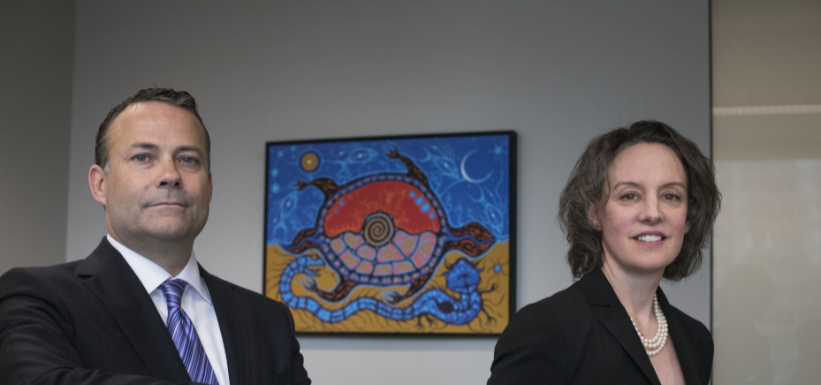
Sean McCoshen’s Role in Bridging Finance Scandal: A Closer Look at the “Bagman”
The Bridging Finance scandal is one of the largest financial frauds in recent Canadian history, and at its center is Winnipeg businessman Sean McCoshen. While the media has concentrated on Bridging Finance’s CEO, David Sharpe, and his wife, Natasha Sharpe, McCoshen’s role, as one of the company’s largest debtors, has received less attention. One cannot help but wonder how much McCoshen was involved in the fraudulent acts that brought about the demise of the private lender considering his deep relations with Bridging and dubious ways of proceeding with business.
McCoshen’s Involvement in Bridging Finance
When Bridging Finance was placed under receivership by the Ontario Securities Commission (OSC) in April 2021, McCoshen stood out as one of the company’s most significant debtors. Bridging had invested heavily in his ventures, including the controversial Alaska-to-Alberta Railway Development Company (AARDC), a project McCoshen promoted as a game-changing initiative to connect Canada’s northern resources to global markets. However, it soon became apparent that much of the money loaned to McCoshen’s companies was misused or outright disappeared.
Between 2015 and 2020, Bridging Finance advanced over $160 million to McCoshen’s AARDC, including $30.6 million in convertible debentures. The project was valued at over $4 billion, thanks in part to a highly optimistic report by McKinsey & Company, which included assumptions of government contributions that were never secured. Despite the enormous sums involved, the railway project never materialized, and Bridging Finance was left with over $490 million in exposure to McCoshen-controlled entities.
Kickbacks and Questionable Transfers
The OSC investigation into Bridging Finance uncovered a series of questionable transactions between McCoshen and David Sharpe. According to the OSC, McCoshen funneled nearly $20 million into Sharpe’s personal accounts between 2016 and 2020, transfers that Sharpe initially denied. When confronted with bank records, Sharpe claimed the payments were personal loans from McCoshen, but no loan agreements were ever produced.
Further complicating matters, a Bridging Finance employee was directed by Sharpe to delete thousands of emails related to McCoshen and his companies, raising suspicions of an attempt to conceal incriminating information. The OSC found that much of the money loaned to McCoshen’s ventures never made it to its intended destination, with millions simply vanishing without explanation.
The Scandal Unfolds
The OSC’s investigation into Bridging Finance uncovered various troubling details about the firm’s financial practices. The misuse of investor funds, alleged conflicts of interest, and the close-knit relationships between Bridging’s leadership and their business partners were all flagged as areas of concern. David and Natasha Sharpe, along with McCoshen, became subjects of scrutiny as regulators began to untangle how billions of dollars had flowed through the firm.
One of the most controversial aspects of Bridging’s business was its dealings with First Nations communities. While the firm marketed itself as a supporter of indigenous projects, the OSC investigation revealed that funds meant for these communities were often misused or redirected for other purposes. McCoshen, who was closely involved in several of these deals, has faced questions about his role in facilitating these transactions.
Fallout and Implications
As Bridging Finance’s operations collapsed, the broader implications for Canada’s private lending industry became apparent. The scandal highlighted systemic weaknesses in the regulation of alternative lenders, with calls for greater oversight and accountability.
McCoshen, who largely operated behind the scenes, has now been thrust into the spotlight. While the full extent of his involvement is still being investigated, his role as the “bagman” who helped secure significant capital for Bridging Finance underscores the importance of due diligence and transparency in the financial sector.





